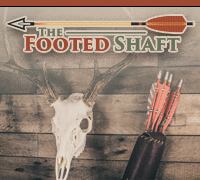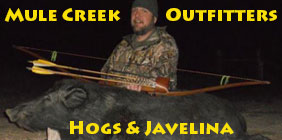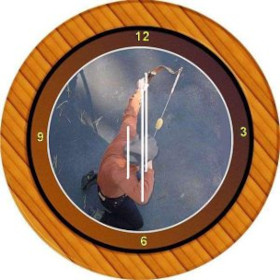Of course a lot of variable come into play when any bow is hand held. Also, shooting a bow that is far out from center, even, though I have had very good successes with such a bow, does rely on something different from the arrow that a center shot bow can avoid. In theory the center shot bow should win on all counts. Providing I am taking care to control my release, I can stack arrows tighter with more deliberate procedures with a center shot bow. When things start going off, a whole series of variables comes into play, so I would guess that different aspects would show either a better or worse reaction through the bow limbs and/or the arrow, again depending what went off. It would be very interesting to see in slow motion what happens when I have my more typical screw up with either type of bow. My own conclusion from the difference from a cedar arrow to a carbon arrow is that the carbon arrow, in my hands, seems to have a narrower happy window than a cedar arrows. What I do not know is, if it is me, the arrows or the bows.














